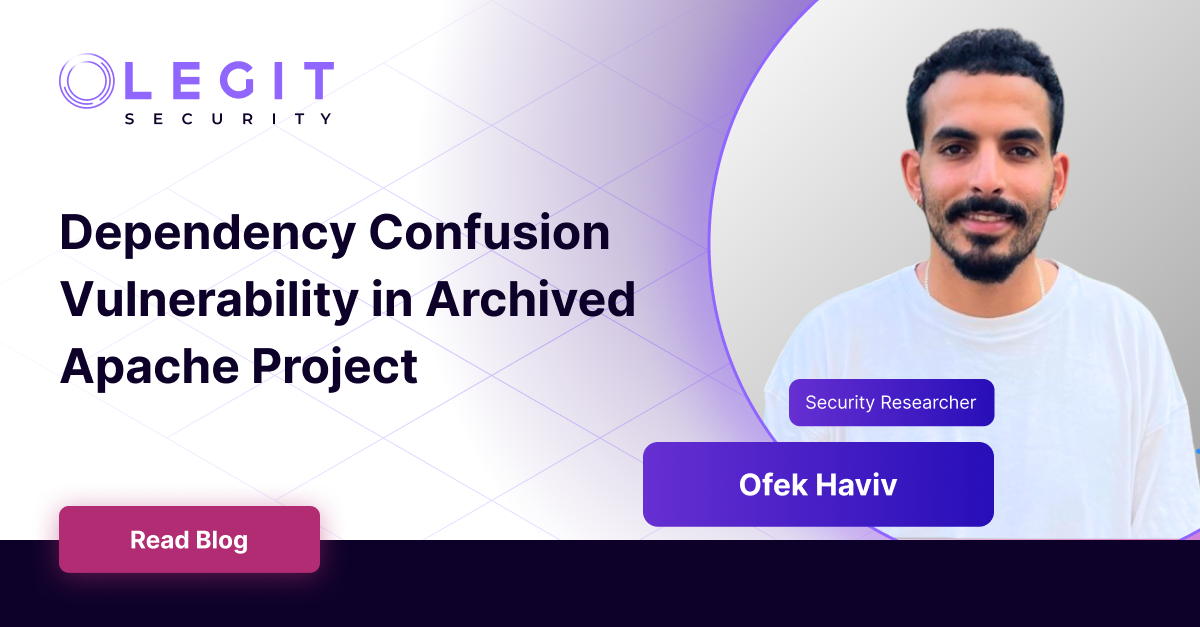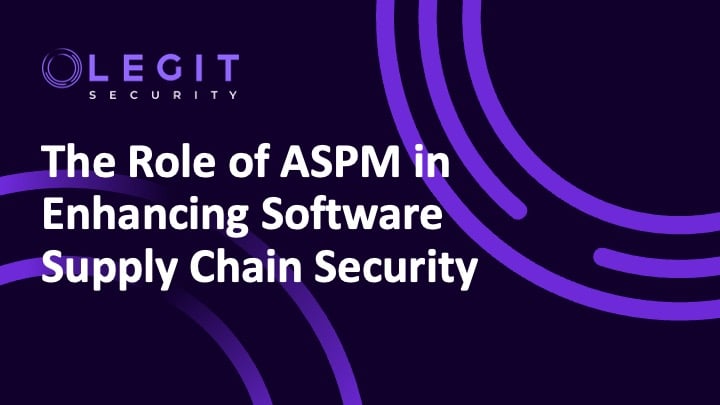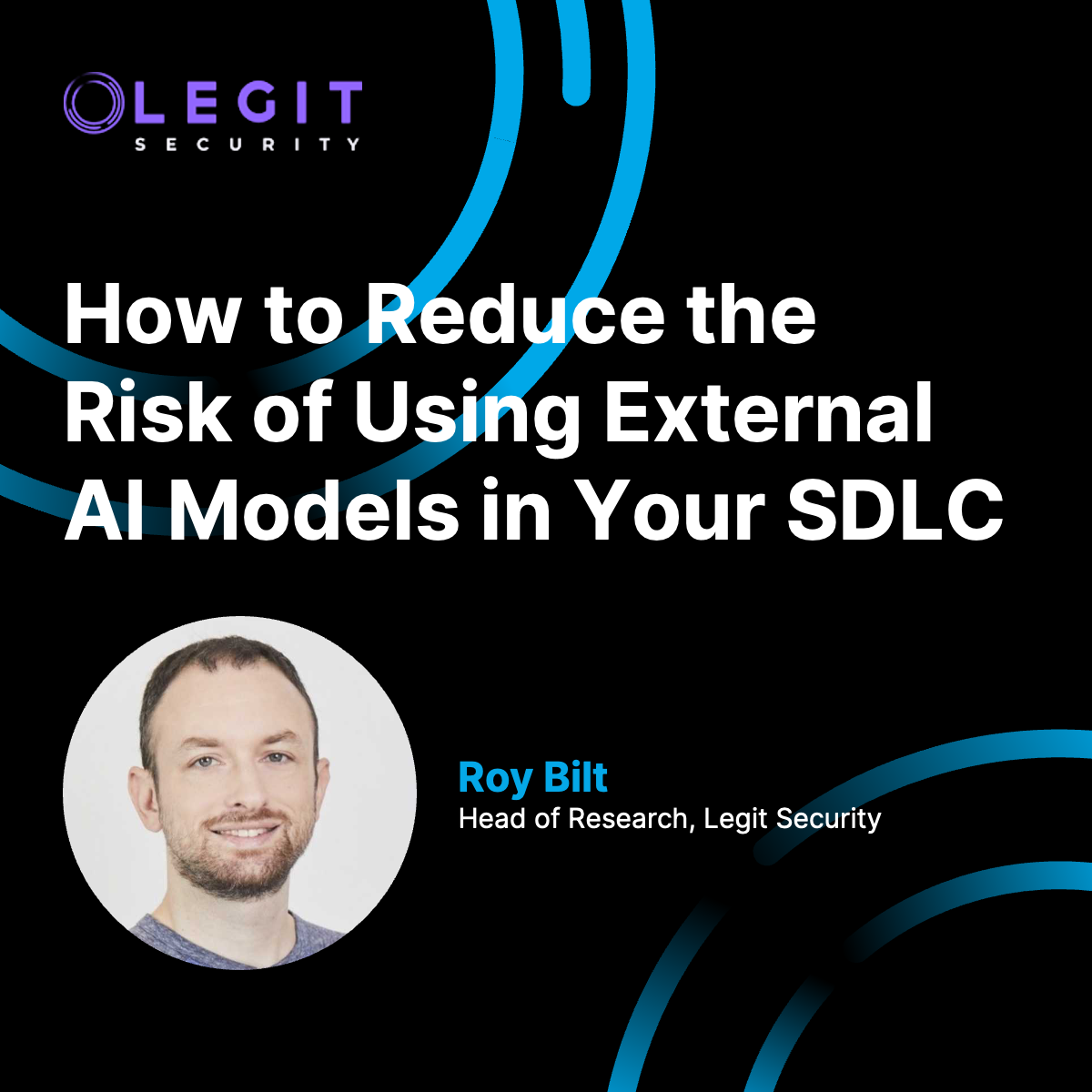Get details on trends and best practices in cloud application security.
As businesses rapidly integrate cloud applications into their daily operations, the pressing demand for robust cybersecurity measures has become more apparent. The scalability, flexibility, and operational benefits offered by cloud applications is undeniable, but it’s led to a host of emerging security threats and risks that many companies are unprepared for.
This article will delve into the intricacies of the current cloud security landscape, highlighting the challenges faced by organizations and the emerging trends coming in the near-future. From understanding the pitfalls of cloud misconfigurations to exploring the promise of AI-enhanced security protocols, we’ll give you the information and guidance necessary to properly navigate cloud application security.
Now Is Not the Time to Snooze on Cloud Application Security
From business-critical enterprise resource planning tools, customer relationship management software, to smaller departmental tools such as social media management tools, cloud-based solutions are more prevalent than ever. However, new risks and threats have emerged, even among the most robust cloud applications. We’re currently in a major turning point when it comes to the state of cloud security so it's essential for businesses to be informed about the emerging threats in cloud application security.
Misconfiguration: A significant portion of cloud threats stem from misconfigurations. In many cases, the root cause can be attributed to an inadequate Cloud Security Posture Management (CSPM) strategy. Without proper guardrails in place, businesses can inadvertently expose sensitive data or leave gateways open for attackers.
Unauthorized Access: The beauty of cloud apps lies in their ability to provide seamless interconnectivity between users. However, this also means that there's a higher risk of an attacker gaining unauthorized access, especially if there aren’t robust enough user authentication protocols or lack of monitoring to catch a malicious actor.
Insecure APIs/Interfaces: Users who neglect to properly secure the interfaces for their cloud-based infrastructure could inadvertently give hackers the keys to their digital kingdom, leading to potential full-scale cloud corruption and unfettered access into a company’s environment.
Account Hijacking: Weak account security, which may include loose password policies, lack of 2FA, and over-privileged users and accounts, open an organization up to higher risk in the case of account hijacking and takeover attacks.
Greater Sharing/Interconnectivity: As apps and users become more interconnected, the number of potential entry points for malicious entities increases exponentially. This greater interconnectivity translates to heightened security risks if there’s no cloud security technology in place to properly monitor and secure these access points.
Decreased Visibility: The increasing complexity of cloud-to-cloud environments presents a visibility challenge for security teams. Without full visibility, identifying and addressing weak spots and vulnerability in an organization’s cloud environment can be near-impossible.
As the cloud security landscape continues to shift, it's crucial for businesses to prioritize cloud application security, arming themselves against both current and emerging threats.
Six Emerging Trends in Cloud Security That Demand Your Attention
Being on top of emerging cloud security trends ensures you can mobilize against potential threats and proactively incorporate any new tools, strategies, or approaches that will keep your software secure. Here are six critical trends to be aware of.
Hybrid Cloud Solutions Will Take Center Stage
As cloud adoption continues to mature, hybrid cloud solutions are emerging as the go-to approach for modern businesses. Hybrid cloud setups offer the benefits of both public and private cloud computing, which promises better flexibility and cost-efficiency while improving scalability options to meet the growing data demands of a business. Hybrid setups provide the unique advantage of optimizing an infrastructure for different workloads, leveraging a public cloud's potential for high-demand applications while keeping sensitive operations and assets secure in a private cloud.
However, this multi-cloud setup has led to additional security risks and challenges within cloud security. Managing such a diverse cloud environment, and keeping visibility as comprehensive as possible, becomes a much more challenging and complex endeavor. Even with the right security controls and policies, it’s difficult to guarantee they’re completely reaching the entirety of a complex cloud setup, which can lead to increased risk and unknown vulnerabilities that can be exploited by cyber threats.
To best address this, businesses must adopt a proactive and comprehensive approach to cloud security that can handle the intricate nature of hybrid and multi-cloud environments. The future of cloud security requires innovative solutions that can provide centralized control and visibility, regardless of the cloud environments in use.
Zero Trust Will Become the Standard
The Zero Trust model, which states that organizations should not trust anything inside or outside their perimeters and thus verify any element’s authenticity every time, is quickly setting the standard for cloud security. It’s an emerging trend in security in general and can be applied to cloud application security as well. This rigorous approach dictates that only verified users and devices can access applications and data. By implementing strict access controls and not assuming trust, Zero Trust architecture ensures that security measures are ever present, rather than being merely an outer defense layer.
By adopting a zero trust model and architecture, every access request is thoroughly evaluated, regardless of its origin. This scrutiny extends the perimeter to individual users and their devices, which makes the security measures more granular and, thus, more effective. This is an extremely effective preventative measure against unauthorized data access and will reduce the potential for breaches.
This model is also much more proactive and, if adopted as part of a “shift left” approach to secure software development, results in a fundamental shift to cloud security that can intercept threats and identify risks throughout the entire software development lifecycle, which impacts more than just cloud application security and aligns with agile development practices.
AI Will Integrate Seamlessly
We couldn’t have an emerging trend without mentioning AI. AI is quickly becoming a cornerstone in a wide variety of applications and is seamlessly integrating into cloud security technologies, revolutionizing the way data is managed. Machine learning algorithms are adept at synthesizing vast quantities of data to unearth insights in real-time, thus bolstering decision-making and automating routine processes, becoming a boon for the healthcare, banking, and retail sectors, where major insights and efficiencies can be discovered by this big data analysis.
However, AI isn’t just a net positive technology – there are associated risks companies open themselves up to by introducing AI to their cloud environment and in their cloud applications. The use of LLM applications such as ChatGPT can lead to prompt engineering attacks that may spill sensitive secrets to malicious actors who know how to “hack” an LLM app via adversarial AI attacks. Companies that rely on AI-generated code may also introduce vulnerabilities at scale. Due to the novelty of the technology, it’s also unclear how copyright and IP applies to AI-generated code, which can complicate investigations in case of a data breach.
While AI presents groundbreaking opportunities in cloud security and applications, it also necessitates a new layer of sophisticated defense mechanisms and a thoughtful approach to security to address these risks.
Cloud-Native Tools Are Here to Stay
Cloud-native tools are becoming more and more established for organizations as they’re designed specifically to live in the cloud and provide much more efficient and faster capabilities within a cloud environment. This is driving the increase of cloud computing as organizations are finding on-premises apps lacking.
This requires a parallel approach to security postures. Traditional security frameworks, designed for on-premises systems and assets, aren’t sufficient to account for the increased use of cloud-native apps. They not only lack the speed and flexibility found in many cloud-security tools, but many just don’t address the fluid, scalable environment that cloud-native applications inhabit.
Organizations and security leaders should look for advanced cloud security tools and techniques that are built for cloud-native tools and systems. This is absolutely necessary for organizations with large development teams and who primarily work in the cloud as part of their software development lifecycle. These cloud-native security tools can continuously monitor and manage cloud-native applications, keeping their cloud infrastructure secure without compromising on efficiency or scalability. The same evolution that’s led to the increased use of cloud-native tools is poised to do the same for security tools.
Serverless Computing Will Be the Norm
Serverless computing is reshaping the development landscape — developers can build and run applications without needing to manage server infrastructure, letting them prioritize their time on more productive tasks such as software development and feature updates and releases.
With serverless computing, the time spent on server maintenance is significantly reduced while the time-to-market for new applications and updates is accelerated. These kinds of productive efficiencies and advantages can help companies scale and increase their competitive advantage, given the importance of speed in software development.
However, as the case has been with the adoption of cloud computing, serverless computing comes with its own risk because of the outsized reliance on cloud-service providers. Organizations need to do their due diligence to find reliable partners that will perform back-end infrastructure management and maintenance efficiently and securely.
These emerging cloud technologies always have the promise of improved speed and productivity but security can’t be ignored. To have a secure software development lifecycle, security must be fully integrated, especially when it comes to new developments, technologies, and approaches.
More Development Teams Will Take Advantage of Edge Computing
Edge computing is quickly becoming essential to modern IT strategies, especially as applications demand rapid access to massive amounts of data. With edge computing, distributed data processing and work is performed closer to the data source, significantly diminishing latency and enhancing performance. By storing and processing data locally, edge computing reduces the dependency on long-distance communication between the client and server, which leads to a more efficient and responsive application ecosystem.
This can lead to a cybersecurity advantage because the data is traveling smaller distances, is in transit for less time, and organizations can secure the data locally, which isn’t the case when the data is in the cloud. It can also reduce network bandwidth usage, which leads to lower costs alongside improved system resilience and potential performance.
Visibility is necessary to ensure data security. Edge computing is a decentralized approach where storage and processing occur across multiple edge locations. Development teams must therefore implement advanced security measures tailored for edge computing environments and across all nodes, whether local or on the cloud. This allows them to capitalize on the benefits of edge computing without exposing the data to malicious actors or allowing sensitive data to live in less secure environments.
Keep Your Cloud Application Security Ahead of the Curve with Legit Security
The cloud is clearly a transformative technology that’s only going to be increasingly used in a variety of ways, particularly in software development. But for all the flexibility, efficiency, and productivity benefits, it’s also leading to a rise in cloud-based attacks, software supply chain risks, and new attack surfaces that require an updated approach. As these emerging trends within cloud computing and cloud application security become a standardized reality, organizations that prioritize cloud application security alongside a secure software supply chain are poised to maintain their efficiencies without compromising on security.
As cloud environments become more and more complex and maintaining visibility becomes a crucial task, companies should look for asset discovery, vulnerability scanning, and remediation tools that target cloud and developer environments. These tailored solutions are necessary given the rise in software supply chain attacks and an increasing rate of discovered vulnerabilities across SDLC environments and code repositories.
The Legit Security platform has emerged from the cloud security market to help DevSecOps teams secure their SDLC throughout the entire process and within complex cloud environments. It provides comprehensive asset visibility, deep scanning capabilities so you can ensure your assets are secure while being able to remediate any discovered vulnerabilities.



